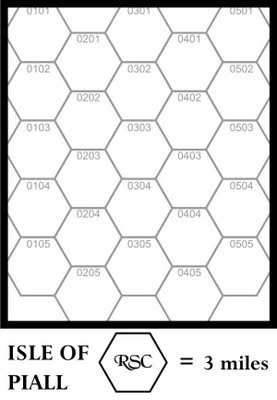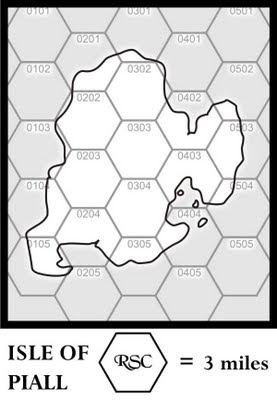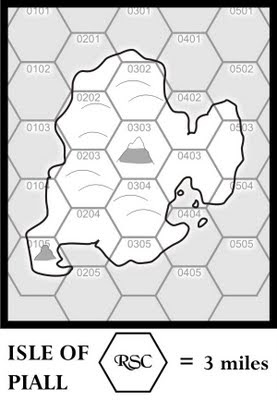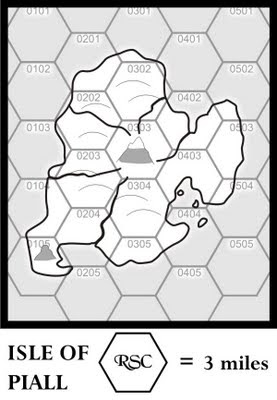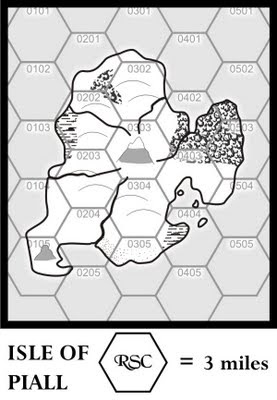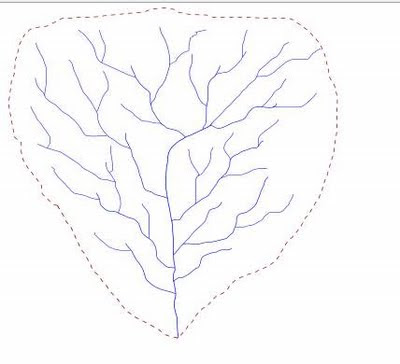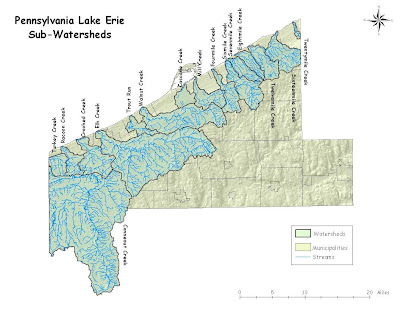First off I changed the task roll to a ability roll. While in theory it could be used a universal mechanic like Castle & Crusade Siege mechanics that not what I am using it for. Instead of saying "Roll equal or under your abiity score on a d20." Or "under your ability score times 5 on a d100 roll" I am using this type of roll.
Ability Roll
In order to succeed with an ability roll you have to roll 3D6. You add your attribute score, your class modifier and any situational modifiers. If you are equal to or higher than a 20 on a 3d6 roll you succeed. If you wish to use critical successes and failures then use the following. If you roll a 30 or higher you critically succeed, if you roll a 10 or lower you critically fail. At the referee's discretion a d20 roll may be subsituted. This will give more extreme results (both high and low).
I am doing it this way for several reasons
1. Using the Bell Curve instead of a straight roll. I played enough 3.X and 4.X to dislike the crapshot that a straight d20 roll gives. In a 3d6 roll most of your rolls will be between 9 and 12.
2. I wanted to have a roll high instead of a roll low system.
In general the math works out like this; a character with +4 in an ability and a 10 attribute score has a 50% of success. Most abilities start off with a -4 to -2 modifier.
To recap what Rogues are
Characters (Rogues)
The Rogues are those who choose to sacrifice fighting or magic aptitude in favor of special abilities or excelling at certain abilities.
I know that Rogues have been used by later editions of D&D but after looking the Thesaurus there isn't really a better term for what I am trying to do here.
An example of a Rogue Classs
Burglar
Rogues may choose to start as Burglars. Burglars are trained in abilities used by secret societies, thieves’ guilds and gangs. They learn these abilities at the expense of combat expertise. Burglars can be of any alignment, and must possess Dexterity of 10 or better.
- Prime Attribute: Dexterity is 13 or greater, character earns +15% experience.
- Gains 1d6-1 HP/level
- Fights using the Magic-user combat table.
- Can use leather armor and shield
- Can use the following weapons: hand axe, club, dagger, light mace, staff, short sword, light crossbow, dart, sling.
- At 9th level a Burglar may opt to form his own guild and attract loyal followers. The burglar’s former associates may object strongly to the formation of the new guild.
Climbing Ability
A Burglar has the Climbing ability at first level. The character adds the higher of his Strength or Dexterity score to his ability roll.
A successful roll at -2 will allow a character to climb with a rope or a steep incline.
A successful roll at -6 will allow a character to climb a sheer face.
If the character is encumbered then he is at -2 to his task roll.
Climbing with a rope is at 12 feet per round
Climbing a steep incline is at 8 feet per round
Climbing a sheer face is at 6 feet per round.
For every level a Burglar gains +2 to his ability roll with Climbing.
Eavesdrop Ability
A Burglar has the Eavesdrop ability at first level. The character adds his Intelligence score to his ability roll.
In most cases a conversation can be overheard but often times it is too indistinct or unclear. This ability is useful to understanding these type of conversations clearly.
A successful roll at -2 will allow a character to listen through a door or shuttered window.
A successful roll at -4 will allow a character to listen to a single conversation in a crowded tavern.
A successful roll at -6 will allow a character to listen through a stone wall or other thick surface.
For every three levels a Burglar gains +2 to his ability roll with Eavesdrop.
Legerdemain Ability
A Burglar has the Legerdemain ability at first level. The character adds his Dexterity score to his ability roll.
This ability involves using manual dexterity to manipulate small objects.
A successful roll at -2 will allow a character to pickpocket a mark that is in the midst of a crowd.
A successful roll at -2 will allow a character to perform a sleight of hand trick or concealment when you are 5’ feet or more away from an audience
A successful roll at a -6 modifier will allow a character to pickpocket a mark that is alone.
A successful roll at a -6 modifier will allow a character to perform a sleight of hand trick or concealment when you are closer than 5’ feet to an audience.
A successful roll at -2 will allow a character to disable a known trap.
A successful roll at -2 will allow a character to pick a lock open with thieves picks.
A successful roll at -6 will allow a character to pick open a trapped lock or a trapped chest with a lock without triggering the trap.
A successful roll at -4 will allow a character to pick a lock open with inadequate tools.
For every level a Burglar gains +1 to his ability roll with Legerdemain.
Perceive Ability
A Burglar has the Perceive ability at first level. The character adds his Wisdom score to his ability roll.
A successful roll at -6 will allow a character to spot a target that hidden in shadow or well covered.
A successful roll at -2 will allow a character to spot a target sneaking through a well-lit or open area.
Note these ability rolls assume that the target has made his stealth task roll otherwise the target is automatically spotted.
A successful roll at -2 will allow a character to notice a medium size or large feature of an area in the middle of combat.
A successful roll at -6 will allow a character to notice a small feature of an area in the middle of combat.
For every three levels a Burglar gains +2 to his ability roll with Perceive.
Stealth Ability
A Burglar has the Stealth ability at first level. The character adds his Dexterity score to his ability roll.
A successful roll at -2 will allow a character to sneak around or hide in areas with heavy shadowed or have heavy cover.
A successful roll at a -6 modifier will allow a character to sneak around or hide in areas that are well-lit or open.
For every level a Burglar gains +1 to his ability roll with Stealth.
Burglar Advancement
Level Experience Hit Dice Save
1 0 1d6-1 15
2 1,750 2d6-2 14
3 3,500 3d6-3 13
4 7,000 4d6-4 12
5 15,000 5d6-5 11
6 31,000 6d6-6 10
7 62,000 7d6-7 9
8 117,000 8d6-8 8
9 192,000 9d6-9 7
10 267,000 +1 hp 6
11 342,000 +2 hp 6
12 417,000 +3 hp 6
13+ +75,000/level +1 hp/lvl 6
Level Climb Eaves. Leger. Perc. Stealth
1 +0 +0 +0 +0 +0
2 +0 +0 +1 +0 +1
3 +2 +2 +2 +2 +2
4 +2 +2 +3 +2 +3
5 +2 +2 +4 +2 +4
6 +4 +4 +5 +4 +5
7 +4 +4 +6 +4 +6
8 +4 +4 +7 +4 +7
9 +6 +6 +8 +6 +8
10 +6 +6 +9 +6 +9
11 +6 +6 +10 +6 +10
12 +8 +8 +11 +8 +11
13+ +2per3 +2per3 +1/lvl +2per3 +1/lvl
Other Rogue classes are Thugs, Mountebanks, and Merchant Adventurers.















